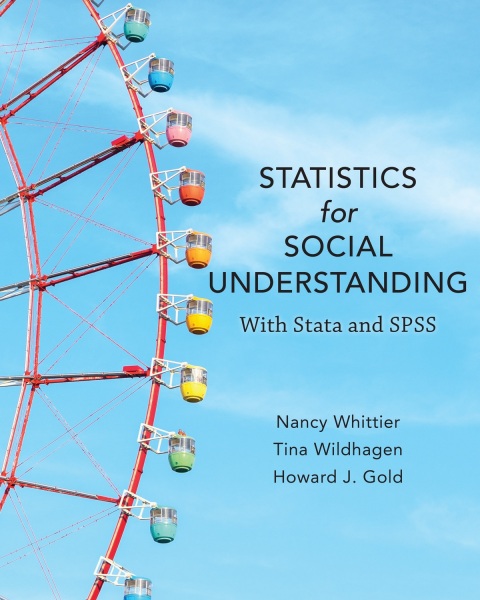A group of social psychologists studying the effects of power and wealth on peoples behavior examined the
Question:
A group of social psychologists studying the effects of power and wealth on people’s behavior examined the relationship between the status, or prestige, of vehicles approaching four-way stops and the likelihood that the approaching vehicle would cut off other vehicles that were already stopped at the intersection.
They grouped approaching vehicles into five status categories (1 = lowest to 5 =
highest), according to the vehicle’s make, age, and physical appearance. They also recorded whether each approaching vehicle cut off other vehicles. In the sample of 282 approaching vehicles, 41 were in category 1, 46 in category 2, 110 in category 3, 50 in category 4, and 35 in category 5.
a. Imagine that one of the members of the research team wants to test the idea that there is no relationship between a vehicle’s status and the likelihood that it will cut off other vehicles. What kind of chi-square test should the researcher set up: a test of independence or goodness-of-fit? Give the null and alternative hypotheses for the appropriate test.
b. Say that another member of the research team wants to test the idea that approaching vehicles will cut off other cars at the same rates that people from different income quintiles are known to cut off others in conversation from past research. For example, since past research indicates that people in the highest income quintile cut off others in conversation 37% of the time, the prediction would be that the highest status vehicles (category 5)
would cut off other vehicles 37% of the time. On average, people from other income quintiles have been found to cut off others in conversation as follows: Quintile 1: 8%, Quintile 2: 15%, Quintile 3: 20%, and Quintile 4:
28%. What kind of chi-square test should the researcher set up: a test of independence or goodness-of-fit? Give the null and alternative hypotheses for the test.
c. Figure 12.12 shows the expected frequencies for each group from the chi-square test for either Part a or
b. With which chi-square test do these expected frequencies correspond? How can you tell?
d. The sample chi-square from the test for Part c is found to be statistically significant at the 0.05 alpha-level. The researcher concludes that there is no relationship between vehicle status and cutting off other vehicles.
Is this conclusion accurate? If yes, explain why. If no, give an accurate conclusion.
e. Based on the expected frequencies shown in Figure 12.12, would you recommend that the analysis proceed? Explain your recommendation.
Step by Step Answer:

Statistics For Social Understanding With Stata And SPSS
ISBN: 9781538109847
2nd Edition
Authors: Nancy Whittier , Tina Wildhagen , Howard Gold





